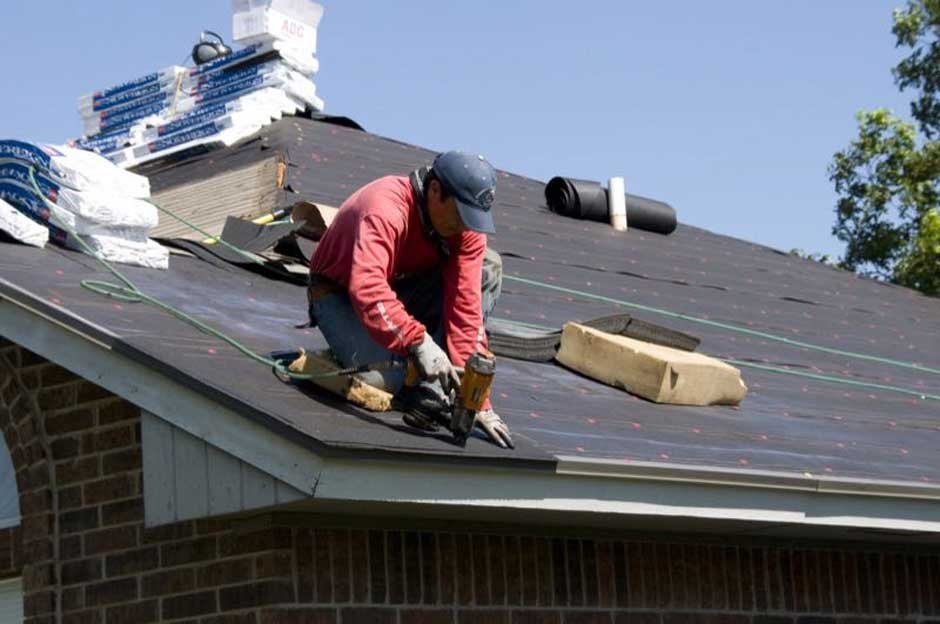Identifying Early Signs of Wear and Tear
Spotting the early warning signs of roof and siding damage can avert imminent catastrophes and save a sizable portion of your maintenance budget. Discoloration, missing or broken shingles, and rust spots on flashing are indicators of necessary roof repairs. Persistent dampness, dislodged panels, or mildew growth might signal siding ailments. By addressing these concerns swiftly, homeowners can circumvent the compounding effect of minor damage, which, left unrepaired, escalates into significant repairs or even total replacements.
Why Regular Maintenance is Essential for Your Home’s Exterior
Your home’s first defense against nature’s elements is its exterior—specifically, the roof and siding. These critical components safeguard against wind, rain, snow, and sun, which can lead to severe damage if left unchecked. Consistent maintenance ensures structural integrity and energy efficiency, contributing to overall reduced costs in home upkeep. Staying on top of exterior maintenance is essential in regions with harsh weather fluctuations, such as the Pacific Northwest. Homeowners in this area recognize that timely consultation with a roof replacement Bellevue specialist is a smart move to preserve their investments and protect their families from the perils of a deteriorating external shell.
Seasonal Maintenance Checklist for Roofs and Sidings
Equipped with a seasonal strategy, homeowners can effectively combat the rigors each season presents to their rooftops and walls. Come spring, a thorough examination of the roof may reveal winter damage, such as broken shingles, that requires prompt attention. Clearing debris-filled gutters and downspouts is also imperative for water flow regulation. With summer’s arrival, analyzing the attic’s ventilation systems is necessary to dissuade sweltering heat from compromising the roof’s structure. Fall is ideal for preemptive fixes to the sidings, ensuring they’re fortified against looming winter storms. Lastly, when winter’s chill sets in, vigilant monitoring for telltale icicles can preclude the formation of destructive ice dams. Insulating gaps are sealed tightly to sustain the warmth your furnace works hard to produce.
Spring
- Examine the roof’s surface for potential leaks or damages from snow and ice.
- Clean gutters to prevent water backup, which can damage the siding and foundation.
Summer
- Check for sun-induced fading or warping of siding materials that necessitate repairs.
- Ensure sufficient insulation and ventilation in the attic to prevent heat from compromising roof integrity.
Fall
- Pre-winter repairs of damaged shingles or siding pieces will withstand the festive season’s rigors.
- Assess siding integrity, repairing any detached or compromised areas.
Winter
- Stay proactive by checking for excess snow burden and ice dam formations on the roof.
- Secure any drafts with caulking to maintain energy efficiency and comfort.
Choosing the Right Materials for Durability and Longevity
When selecting materials for your roof and siding, remember that what is aesthetically pleasing should also be resilient. The chosen material should complement the home’s design, offering maximum protection and insular benefits. High-grade choices like metal, slate for roofs, or fiber-cement for sidings offer longer lifespans and withstand harsh weather impeccably. Environmental compatibility is also paramount; hence, consulting with a trusted local contractor on the most appropriate materials for your area’s weather patterns proves invaluable.
Professional Inspections vs. DIY: Knowing When to Call the Experts
While it’s advantageous for homeowners to perform regular visual checks, there are intricacies in maintenance that are best left to professionals. Trained experts will pinpoint subtler signs of wear, provide thorough evaluations, and recommend optimized solutions. Confidence in a professional’s diagnosis is vital when considering significant investments, such as a new roof or siding.
Impact of Climate on Roof and Siding Maintenance
Geographical variances entail distinct environmental challenges that influence the upkeep of the external home. Heavy snowfalls, intense sun, gale-force winds, and relentless rains demand varied approaches to exterior maintenance—a common thread being the need for vigilance and strategic preventative care. Adapting maintenance techniques to combat your region’s specific weather can significantly elevate your home’s resilience.
Cost-Benefit Analysis: Investing in Maintenance to Avoid Costly Repairs
The return on investment for consistent home exterior care is substantial. Proactive identification and resolution of budding issues significantly decrease potential costs. For instance, replacing a few shingles now avoids the possible need for a comprehensive roof overhaul later. Moreover, regular upkeep preserves the home’s market value, ensuring that your assets remain sound.
Long-Term Strategies for a Sturdy and Beautiful Home Exterior
Maintaining an attractive and sturdy exterior involves long-term planning. Scheduled painting, staining, or sealing extends the vibrancy and life of materials. Progressive advancements like installing weather-resistant barriers or upgrading insulations contribute to a home’s enduring appeal and robustness. Such long-term tactics infuse strength into the property and embellish its aesthetic, culminating in a house that’s as enduring as it is inviting.
Consider browsing Home Maintenance Tips from the International Association of Certified Home Inspectors for further enlightenment on specific maintenance procedures. This resource is replete with actionable guidance to reinforce your home’s defenses against wear and tear.
When it comes to seasonal upkeep, planning can make all the difference. A quick perusal of the Fall Home Maintenance Checklist from Consumer Reports will inform you of the critical tasks to undertake as the leaves turn, ensuring your home remains well-sheltered throughout autumn’s progression.

